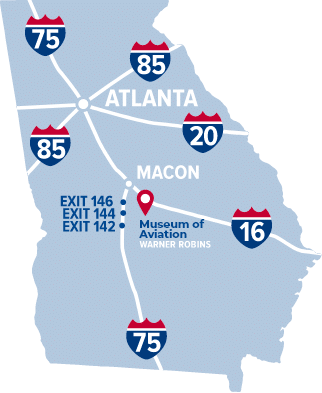The AQM-34V, electronic countermeasures drone was developed from the BQM-34A jet-powered, subsonic target drone first produced in 1960. It was one of a series of remotely piloted vehicles (RPV) used for combat electronic countermeasures in Southeast Asia.
In 1967, the Air Force initiated the “Combat Angle” program to modify AQM-34Gs for pre-strike electronic countermeasures (ECM) missions, because too many manned ECM aircraft were lost over North Vietnam. However, with the bombing halt in November 1968, the pre-strike ECM capability was no longer needed, and no modified AQM-34Gs were used operationally in that role. “Combat Angle” was revived in 1974, and Teledyne Ryan was awarded a contract to modify surviving AQM-34H/Js to a standardized ECM version designated AQM-34V. The AQM-34V was first flight tested in March 1976. It was launched from a C-130 director aircraft and equipped with active jamming equipment and AN/ALE-2 and -38 chaff dispenser pods. About 60 AQM-34Vs were built.
Warner Robins Air Logistics Center (WR-ALC) is responsible for program management for all AQM-34 type RPVs in the USAF. The AQM-34V on display was delivered to the USAF in January 1977 and assigned to WR-ALC for storage. It remained in storage until 1984 when it was released to the Museum for display.











